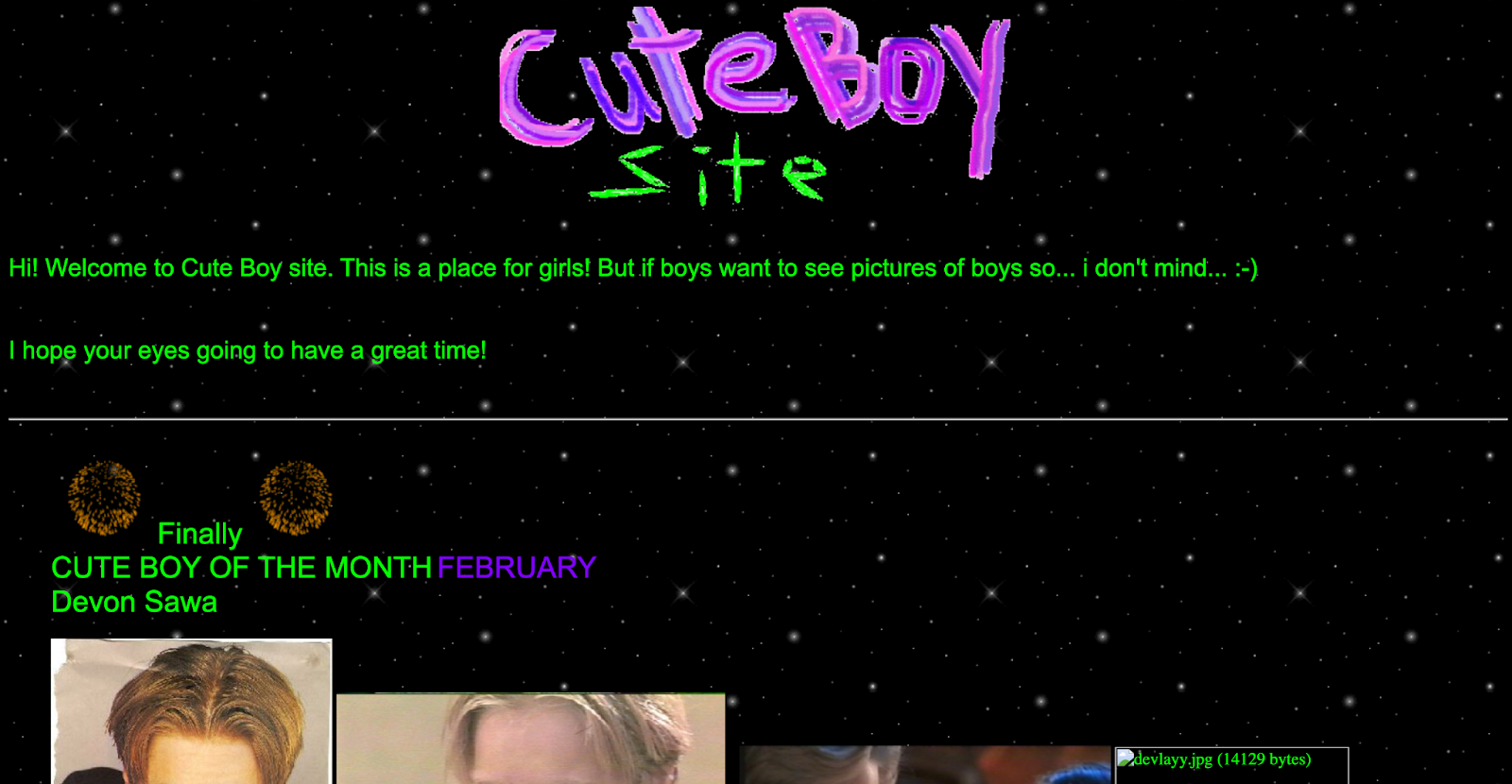
I Had a Website: The Practices of Archive Team and the Internet Archive in Archiving GeoCities



GeoCities was a web hosting service from 1994 to 2009 known for its “neighborhood” structure and amateur website design. GeoCities users built websites and formed communities around common interests and identities: the EnchantedForest neighborhood for children, the Hollywood neighborhood for film and TV, the Athens neighborhood for philosophy. Yahoo! bought GeoCities in 1999 when it was the third most visited site, but by April 2009, Yahoo! announced that it was closing GeoCities and removing all user websites and content. It gave notice to GeoCities users by emailing addresses used to sign up for the service; to save content, users had to navigate to each page and save each page through their browser. Scholars attribute several reasons to Yahoo!'s closure of GeoCities in 2009: the removal of community-building features by Yahoo!, the rise of social media like LiveJournal and MySpace, GeoCities's association with gauche and amateur websites, and/or lack of interest from advertisers.


Between the announcement of its closure and its official closure in November 2009, several groups took to archiving GeoCities websites, most notably the Internet Archive and Archive Team. Although other scholars have analyzed the work of both groups as data collection, I will analyze their work as archival practices, centering the implicit and explicit decisions made by both groups: How did they gather materials? How did they store materials? How did they present materials? And how do they view their own archival practices? Through the archival practices of the Internet Archive and Archive Team, we can further consider 1) web scraping and web crawling as an archival practice, as detailed by Sam Lavigne in “Scrapism: A Manifesto,” and 2) computer servers and networks as archives. Although these technologies are often used to further surveillance and information asymmetry, these technologies can also help find “new ways to see what's hiding in plain sight” (Lavigne). Reframing these technologies reveals the constant active maintenance and energy in the Web that often goes unnoticed.
